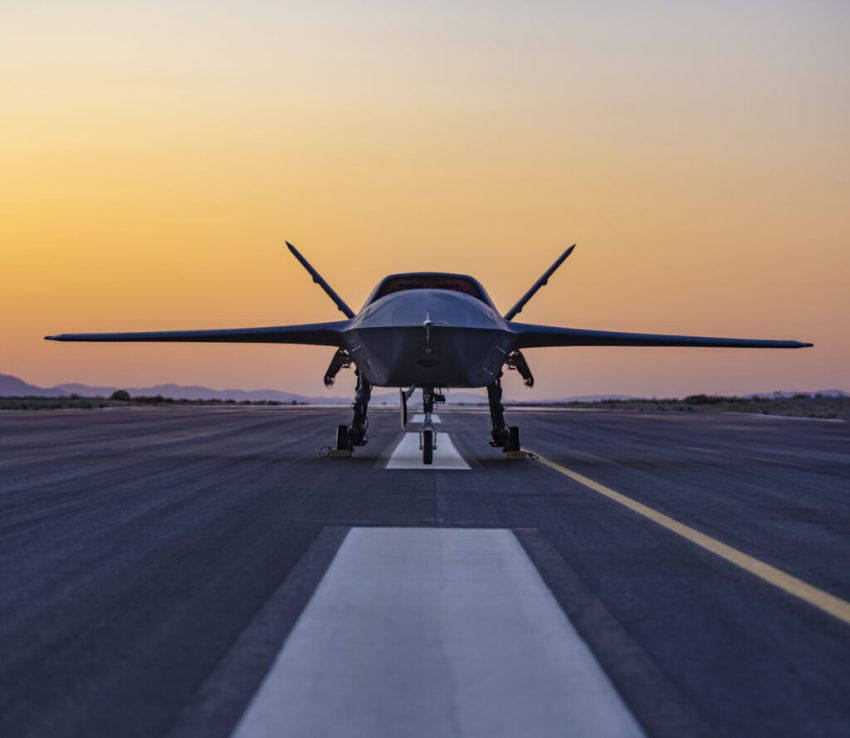By the time an unexpected crisis or conflict flares up, it’s too late for Washington and its partners to start preparing. In this highly unpredictable global security environment, the right time to recruit, train, and equip was yesterday.
The good news is that Washington is taking notice.
Prudent upgrades for the U.S. Army National Guard
One great example is Congress’ substantial investment in enhancing the Army National Guard. This bulwark of U.S. national defense is more than part of the reserve component of the active Army – it’s a treasure trove of experience, specialization, and capacity that spans wider and deeper throughout the U.S. than many people might realize.
No fewer than 54 adjutants general — from the 50 states, the District of Columbia, Puerto Rico, Guam, and the U.S. Virgin Islands — work independently and collectively to contribute a kaleidoscope of capabilities to missions overseas as well as homeland defense, disaster response, and more.
The foundation stone for much of it is with airborne intelligence, surveillance, and reconnaissance as well as what landpower professionals call reconnaissance, surveillance, and target acquisition, or RSTA. Congress values the RSTA needs and functions of the National Guard units so highly that it has been supporting a new tranche of highly capable unmanned aircraft for them: the Modernized Gray Eagle® Extended Range.
The guard adjutants general, working with the National Guard Association of the United States and Congress, are doing the critical work of ensuring American landpower readiness before a future major crisis by strengthening key National Guard units with these aircraft and units.
This is an effort in which everyone wins: the National Guard units set to acquire or upgrade their aircraft and units are getting a durable, well-proven design with millions of flight hours — not some unproven novelty fresh off a clean sheet with all the associated risk and cost. The Modernized Gray Eagle ER adds powerful new sensing, modular systems, and an enhanced power plant, among other notable refinements. It’s the most advanced aircraft in its class anywhere.
This permits the National Guard units set to operate the new Gray Eagle to initiate or expand their abilities to survey damage after natural disasters, patrol vital areas, or support other urgent missions in support of their state roles. These upgrades also strengthen the Guard units’ ability to achieve and preserve their statutory requirement to serve as a ready part of the total Army force.
The goal is to get these units fully prepared for the broad spectrum of combat missions and not just catch up, where necessary, but leap ahead, everywhere possible, in terms of mission capability, survivability, and relevance for the next fight.
The nation depends on the National Guard to be able to step in alongside active Army units in the event of a crisis or conflict — that means the Guard soldiers need the same or better training and equipment. For too long, in many instances, that hasn’t been so, but the provision of Modernized Gray Eagle ER will contribute significantly to making key National Guard units relevant and deployment-ready — just as the nation expects.
Advanced airpower capabilities
General Atomics Aeronautical Systems, Inc., builder of the Gray Eagle, also supports the Air National Guard across the United States and around the world. Visitors to the National Guard Association of the United States (NGAUS) conference running August 22−25 in Milwaukee will get a broad look at GA-ASI’s other leading-edge capabilities.
Visitors will learn about the YFQ-42A, the semi-autonomous jet now in development for the U.S. and international militaries. This collaborative combat aircraft is revolutionizing air dominance. It accompanies traditional human-flown fighters, or stalks ahead of them, standing in against threats to detect them first, create time and decision space and, if necessary, take direction under the supervision of human pilots.
GA-ASI’s exposition will also showcase the MQ-9B SkyGuardian®, the world’s most advanced medium-altitude, long-endurance multi-mission aircraft. This newer, larger, and more capable variant of the well-known MQ-9A Reaper® is entering service in various roles in the U.S. military and in international forces around the globe. It flies longer than any other platform in its class, and it’s taking on missions that unmanned aircraft never could before — from anti-submarine warfare to airborne early warning to supporting the new wave of small unmanned systems.
One such smaller platform also will be on show at NGAUS — the advanced air-to-air armed jet known as LongShot. Developed under the direction of the Defense Advanced Research Projects Agency, LongShot transforms airpower by giving virtually any aircraft a powerful new offensive capability. LongShot flies from the wing of a legacy fighter or another aircraft and closes with oncoming threats.
GA-ASI’s exposition at NGAUS highlights the expanse of its aircraft and capabilities across the full range of roles, missions, and users: from classic landpower RSTA for the Army and Army National Guard to new small launched effects to the hottest and most advanced semi-autonomous air superiority capabilities for U.S. and international air components.
These and other systems support the basic but essential need that world events continue to reinforce time and time again: Washington and its partners may not be able to predict what challenge might come next, but they must prepare with the best equipment and remain ready.
Click this link for the original source of this article.
Author: Breaking Defense
This content is courtesy of, and owned and copyrighted by, https://breakingdefense.com and its author. This content is made available by use of the public RSS feed offered by the host site and is used for educational purposes only. If you are the author or represent the host site and would like this content removed now and in the future, please contact USSANews.com using the email address in the Contact page found in the website menu.





